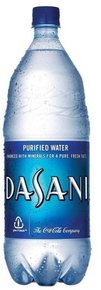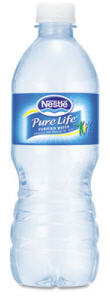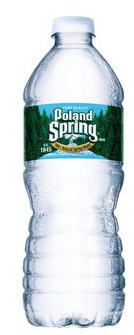What’s really in that bottle?
When you buy a bottle of water, you probably figure the contents come from a clear mountain stream or something equally pure and fresh-sounding, right? Not necessarily. Almost half of all the bottled water produced in the U.S. actually comes from municipal sources – aka the tap. But that doesn’t mean it’s not good quality. All municipal water has been treated and monitored for safety. If the water isn’t from a muni source, it may be form a spring or an artesian well, which is a fancy way of saying it bubbled up from between some rocks. And if it’s from a natural source, the label has to tell you where it’s located.
The label also has to tell you what type of water is in your bottle. Product names also provide a clue.
There’s one more thing you should know: Regulations for bottled water are more lax than for public water. The Environmental Protection Agency requires municipalities to publish an annual quality report, but bottled-water companies are only required to reveal contaminants above a certain level.
Check out the type of water some popular brands of bottles contain which was promoted by a recent report from the Environmental Working Group, a nonprofit research and advocacy organization. If you want more info about bottled water, including quality reports, check company websites.
The bottom Line Whatever the bottled-water label says, that water isn’t necessarily better than your tap water at home. (We recommend that you test your water and filter it if necessary; find a lab at www.epa.gov/safewater/labs). And you’ll pay up to 2,000 times more if you buy bottled water! Refilling your own bottle at home is better for the environment too.
Purified tap water

Aquafina Purified Drinking Water

Dasani Purified Water

Nestle Pure Life Purified Water
Spring or artesian water

Evian Natural Spring Water

Fiji Natural Artesian Water

Poland Spring Natural Spring Water

